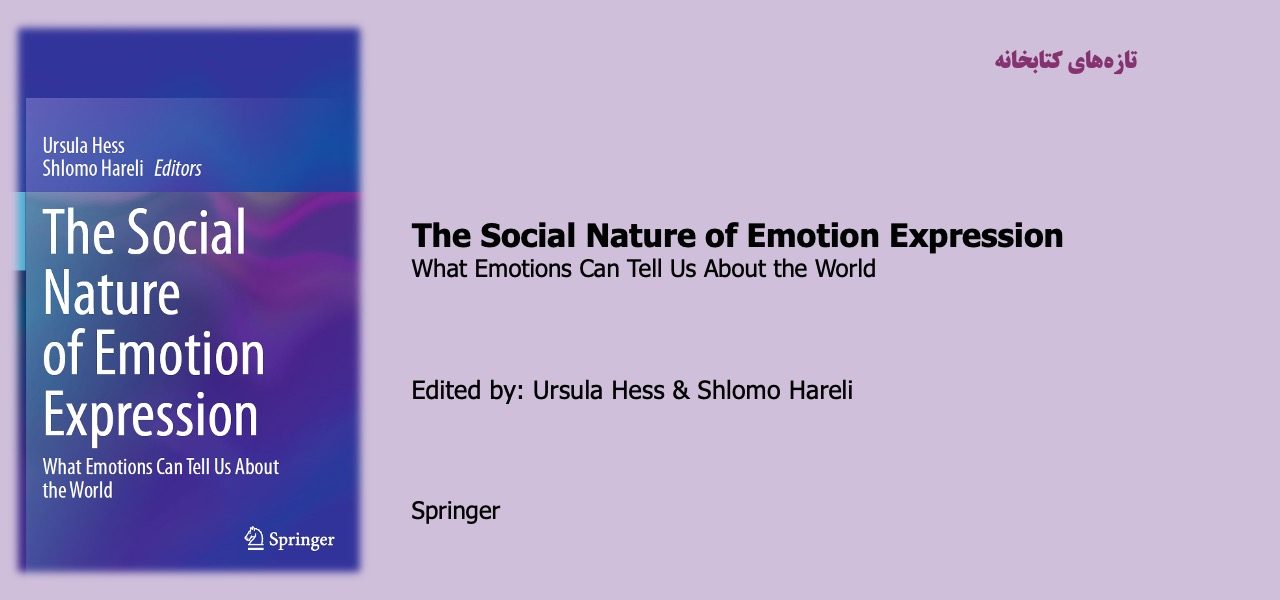The Social Nature of Emotion Expression

What Emotions Can Tell Us About the World
In everyday life, we are surrounded by people who experience and express emotions. In fact, even trivial interactions such as paying for purchases in a store often involve some level of social exchange and it is rare that an interaction is bereft of emotional exchanges. Accuracy in emotion perception helps coordinate and facilitate interpersonal communication and provides the necessary “affective glue” between people (Feldman et al. 1991). In line with this view, traditionally, emotion researchers have focused on emotion perception in terms of the ability to “accurately” label an expression. Chapter 2 of this book outlines possible fallacies involved with the notion of accuracy in this context. In this chapter, Fischer, Paw and Manstead elaborate the processes involved in recognizing emotions and propose to treat emotion perception as a social act. In Chap. 3, Albohn, Brandenburg, & Adams extend the process of emotion perception to neutral faces, which are often processed b observers in the same way as are emotional faces. In recent years, research on emotion expressions has changed from studies that presented carefully curated facial expressions from which all context information has been removed (sometimes to the point of only showing ovals with the facial interior) to acknowledging that emotion recognition is a social act (e.g., Fischer, Pauw & Manstead, this book) which occurs in social contexts (Barrett et al. 2011; Hess and Hareli 2016).
مطالب مرتبط

اصول روان درمانگری و مشاوره با رویکرد اسلامی (مفاهیم، فرآیند و فنون)
۲۶ / بهمن / ۱۴۰۳

آموزش مهارت نوشتن از منظر شناختی
۲۶ / بهمن / ۱۴۰۳


